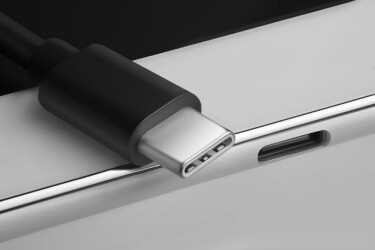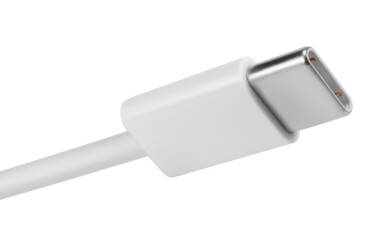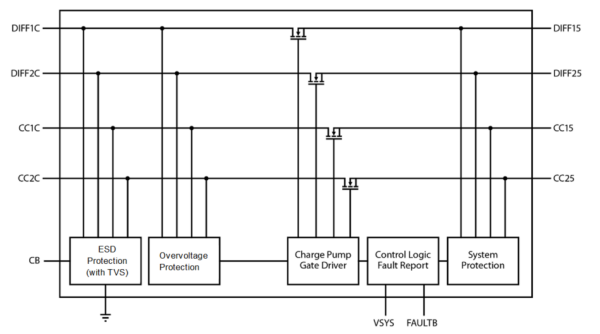Electrical Threats to USB Type-C Ports and How to Prevent Them
By: Muhammad Zafar Kausar, Junior Applications Engineer
Markets of all types – such as consumer, industrial, and medical – demand smaller, slimmer devices that deliver faster performance, more features, and extra flexibility. The latest USB Type-C® (or USB-C®) interface and Power Delivery (USB PD) specifications are part of the industry’s response to these demands.
USB-C possesses two bidirectional differential signal lanes, legacy USB 2.0 data connections, control and sideband signals, and four VBUS connections. With these features, it can support SuperSpeed data rates, power distribution of up to 100 Watts, backwards compatibility with USB 2.0 connections, and flippable plug insertion that enhances ease of use. Cable polarity is also reversible; unlike previous connections, the USB Type-C connector is universal for host, device, power-source, and power-sink equipment.
All of this makes for convenient and versatile connectivity that is highly resistant to user errors, such as incorrect plug insertion. However, there are some caveats. To achieve the compact dimensions that let end-product designers create market-pleasing shapes and sizes, the electrical contacts of the USB-C interface are closely spaced. In particular, the CC (control) and high-speed differential signal pins are in close proximity to the VBUS pins in the USB Type-C connector. A short circuit could be caused between adjacent connections if conductive debris were to enter the socket, or in the event of careless plug insertion or severe jarring of the cable connector or the equipment.
More Power = More Risk
Let’s remember that the USB PD standard allows charging at voltages significantly above 5V. Connected devices negotiate to transfer power at voltages up to 20V and the current can be as high as 5A. A short between a VBUS connection and a signal or CC line under these conditions could have catastrophic results.
To protect the USB-C port against damage, USB-IF certified interfaces are required to provide overvoltage and overcurrent protection. The specification also calls for ESD protection up to ±8kV contact discharge.
Protection Provisos
The circuitry behind the connector can be protected by inline FETs that provide switched isolation when overvoltage is detected. However, there are additional criteria. Low capacitance and low insertion loss are needed to ensure fast-acting protection with negligible effect on signal speeds. In addition, the protection device must have auto-restart capability after an overvoltage event, to ensure continuous protection in the case of a persistent fault.
No Ordinary Protection
Diodes has a comprehensive portfolio of ICs to help implement certified USB-C interfaces, including protection devices, interface controllers, charging controllers, and high-speed switches and multiplexers – supported by reference designs for typical-use cases.
The DIODES™ DPO2036DBB and the automotive-compliant, AEC-Q100 Grade 1 qualified DIODES™ DPO2039DABQ both integrate four channels of protection FETs (Figure 1) that react quickly to isolate circuitry upon short-to-VBUS events. When the set threshold is exceeded, overvoltage FETs are turned off to isolate the overvoltage lines at the connector from the system, protecting the circuitry behind the connector. This also sets a fault flag to let the system know an overvoltage has been detected.
Figure 1: DPO2039DABQ functional blocks.
Isolation is also activated in an overtemperature event to protect against short-circuit overheating in connected equipment. Both devices have auto-recovery and are able to take power from either of the connected devices to ensure constant protection, even if the system-side supply battery becomes depleted. The required ESD protection, to IEC 61000-4-2 Level 4, is also integrated.
For more information about the DPO2036DBB and DPO2039DABQ, and the complete portfolio of USB-C devices and support including reference designs, please visit https://www.diodes.com/protocols/usb-type-c/.
USB Type-C® and USB-C® are registered trademarks of USB Implementers Forum
DIODES is a trademark of Diodes Incorporated in the United States and other countries.


